If you share your home with a cat, dog, bird, or any furry (or feathered) family member, you know how important it is to keep their environment safe. We pet-proof the cabinets, hide the cords, avoid certain plants—but what about paint?
Whether you’re painting a single room or refreshing the whole house, your choice of paint matters. Traditional paints can release harsh chemicals into the air, and curious pets—who sniff, lick, rub, or nap against walls—are especially vulnerable.
In this guide, we’ll walk you through everything you need to know about pet-safe painting—from what ingredients to avoid, to which products and practices make your space both beautiful and animal-friendly.
Why Pet-Safe Paint Matters
Paints and finishes contain solvents and additives that evaporate into the air during and after application. These emissions are known as volatile organic compounds, or VOCs.
In humans, high VOC exposure can cause headaches, dizziness, or respiratory irritation. In pets, the risk is even greater—especially for small animals, birds, or pets with pre-existing health issues.
Common health risks to pets from paint exposure:
- Respiratory distress from inhaling fumes
- Skin irritation from brushing against wet or recently painted surfaces
- Toxic ingestion from licking dried paint or nibbling on paint flakes
Plus, pets tend to be closer to the ground (and fresh paint fumes), and their smaller body size makes them more sensitive to chemical exposure.
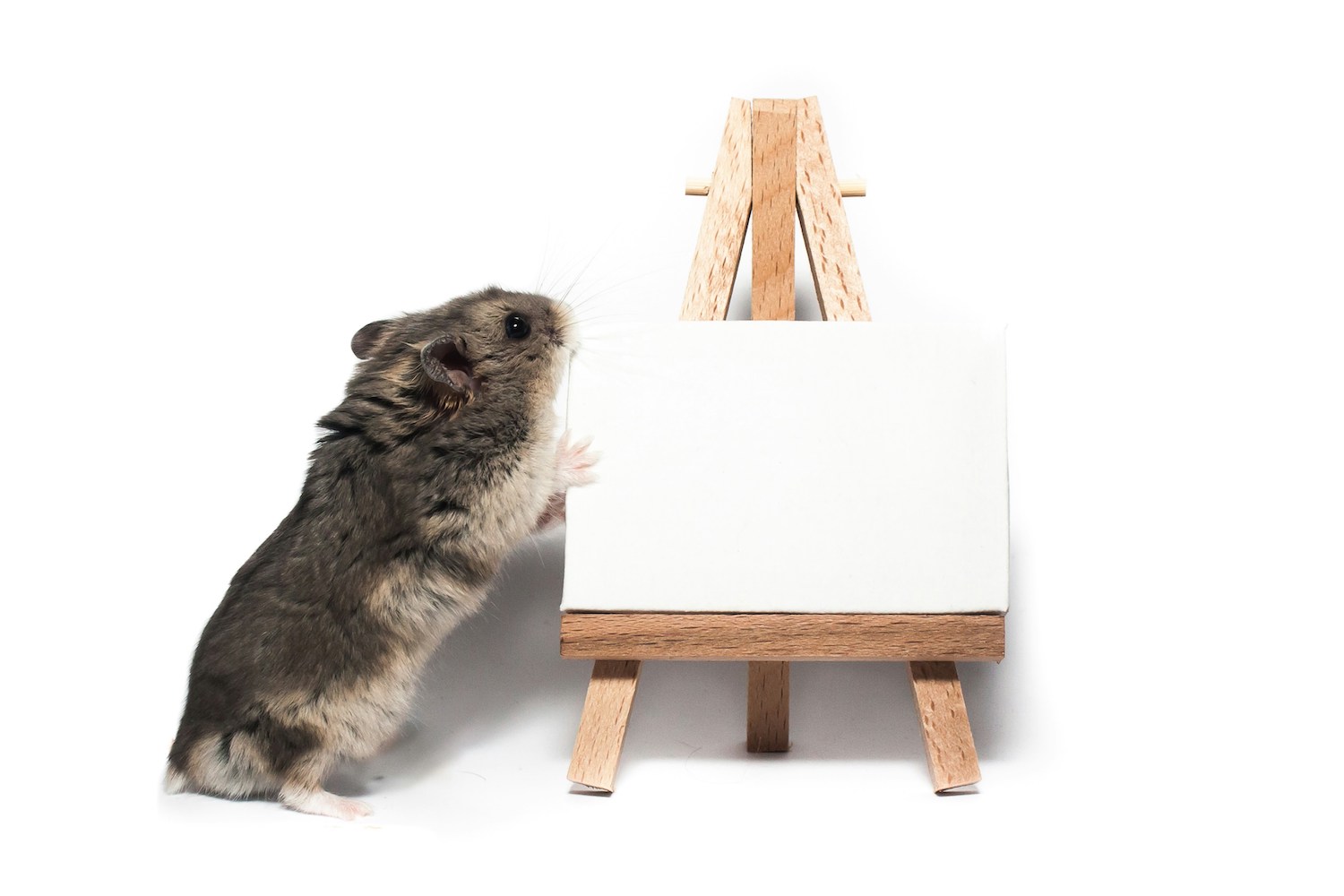
What to Look for in Pet-Friendly Paint
Not all paints are created equal. Look for the following qualities when choosing a paint that’s safe for animals:
1. Low-VOC or Zero-VOC Formulas
These paints release fewer harmful chemicals into the air.
- Low-VOC: Contains less than 50 grams of VOCs per liter
- Zero-VOC: Contains fewer than 5 grams per liter (the safest option)
Note: “Low odor” is not the same as “low VOC.” Always read the label.
2. Non-Toxic Ingredients
Some eco-paints use natural ingredients like clay, chalk, or milk protein instead of petroleum-based binders.
- Look for paints that are certified by third-party organizations such as:
- Green Seal
- GREENGUARD Gold
- Environmental Working Group (EWG)
These certifications indicate low emissions and safer chemical content.
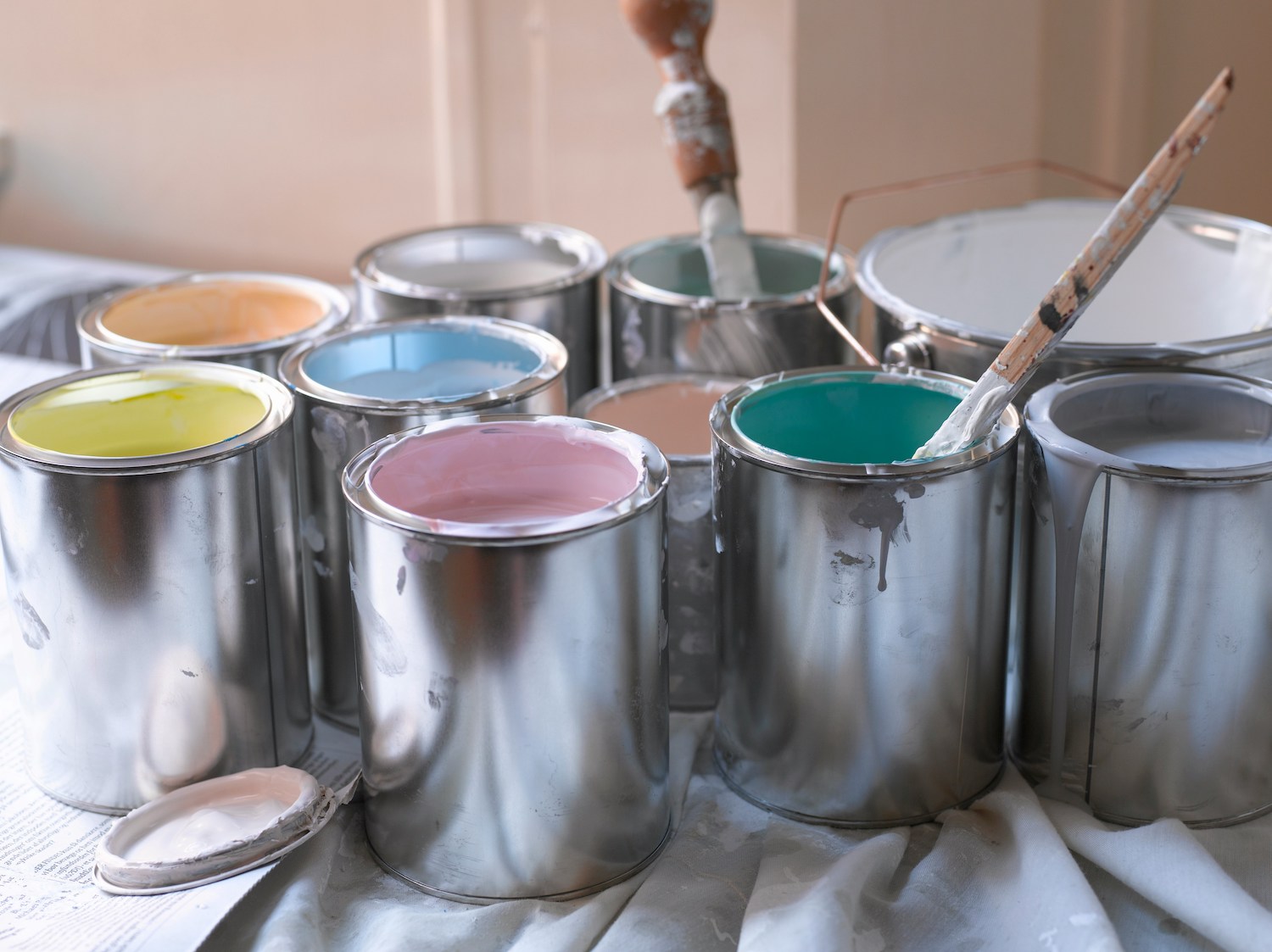
3. Durable and Washable Finishes
Pet-safe doesn’t just mean safe to breathe—it also means easy to clean.
Choose a finish that resists:
- Pet fur and oils
- Scratches and paw prints
- Occasional messes or accidents
Satin or eggshell finishes are a good balance of durability and subtlety.
Ingredients to Avoid in Paints for Pet Homes
Be wary of paints that contain:
- Formaldehyde: A known carcinogen
- Ammonia: Common in lower-end paint brands
- Acetone or glycol ethers: Linked to respiratory irritation
- Heavy metals: Found in some pigments, especially in older paints
If you’re removing old paint, be extra cautious—lead-based paints (banned in the U.S. in 1978) are extremely toxic, and pets can ingest flakes from old trim or baseboards.
Best Paint Brands That Offer Pet-Safe Options
Several paint companies now offer low-VOC and non-toxic lines designed with health and sustainability in mind:
- Benjamin Moore Natura: Zero-VOC, virtually odorless, asthma and allergy certified
- Sherwin-Williams Harmony: Zero-VOC, includes odor-eliminating and air-purifying technology
- ECOS Paints: Non-toxic, zero-VOC, safe for use in nurseries and animal shelters
- AFM Safecoat: Made specifically for chemically sensitive individuals and pets
- Clare Paint: Zero-VOC and GREENGUARD Gold certified, with modern colors
Always double-check the product specifications and request the Safety Data Sheet (SDS) if you have questions.
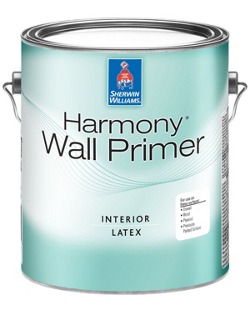
Safe Painting Practices When You Have Pets
Even with the right paint, how you approach the project makes a big difference in keeping your pets safe.
1. Remove Pets from the Area
Keep pets away from the painting zone until:
- The paint is completely dry
- The room has been ventilated for at least 24–72 hours (depending on the paint)
Use fans, open windows, and air purifiers to circulate fresh air.
2. Secure the Workspace
Set up barriers or close doors to keep curious noses and tails out of wet paint.
Bonus tip: Dogs love to lean against freshly painted walls without realizing it!
3. Cover Floors and Furniture
Protect pet beds, toys, bowls, and any other surfaces your animals might touch.
4. Don’t Leave Paint or Tools Unattended
Always put lids back on paint cans, and clean brushes and rollers immediately.
Pets may be drawn to the smell of paint or water used for rinsing—it’s not worth the risk.
5. Wait Before Reintroducing Pets to Painted Rooms
Even low-VOC paints can release minor odors or gases during the drying period. Allow full curing time before letting pets back into the space.
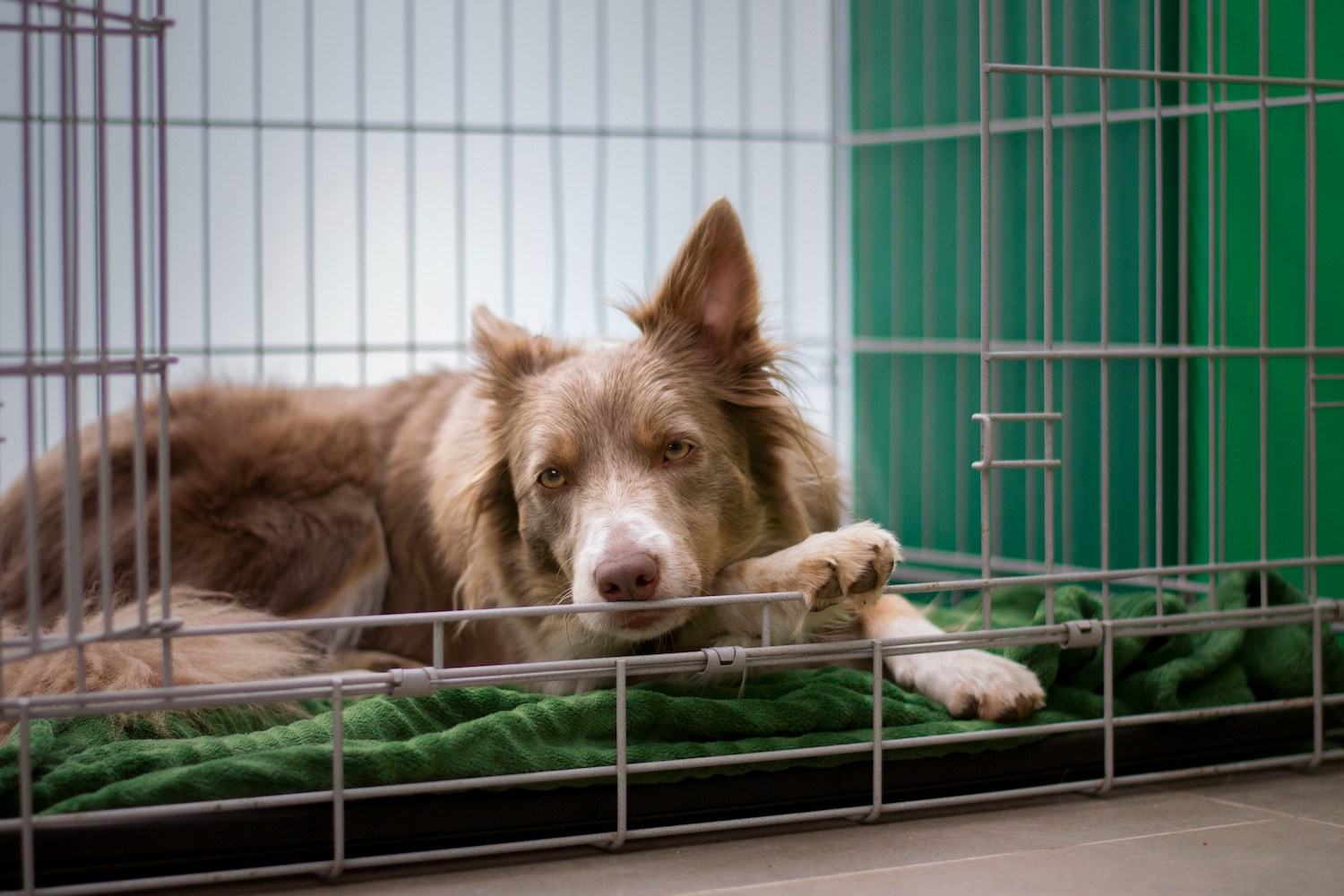
Which Rooms Matter Most for Pet-Safe Paint?
While all rooms deserve attention, some require extra care:
- Kitchens: Pets often lounge here—make sure walls are cleanable
- Bedrooms: If pets sleep with you, low-to-no VOC paint is essential
- Pet spaces: Any room your animals frequent should be painted with health-conscious products
- Basements or mudrooms: Watch for moisture and opt for mildew-resistant finishes
Design Considerations for Pet Owners
In addition to health and safety, pet-friendly paint choices can also be practical and stylish.
Consider:
- Color camouflage: Choose wall colors that won’t show fur (light walls + white dog = good match)
- Gloss level: Satin and eggshell finishes are easier to clean than matte
- Wall height painting: Some pet owners paint the lower third of the wall a darker, more durable color to mask wear and messes
- Accent walls: If you’re worried about chemicals, paint just one wall and keep the rest of the room neutral
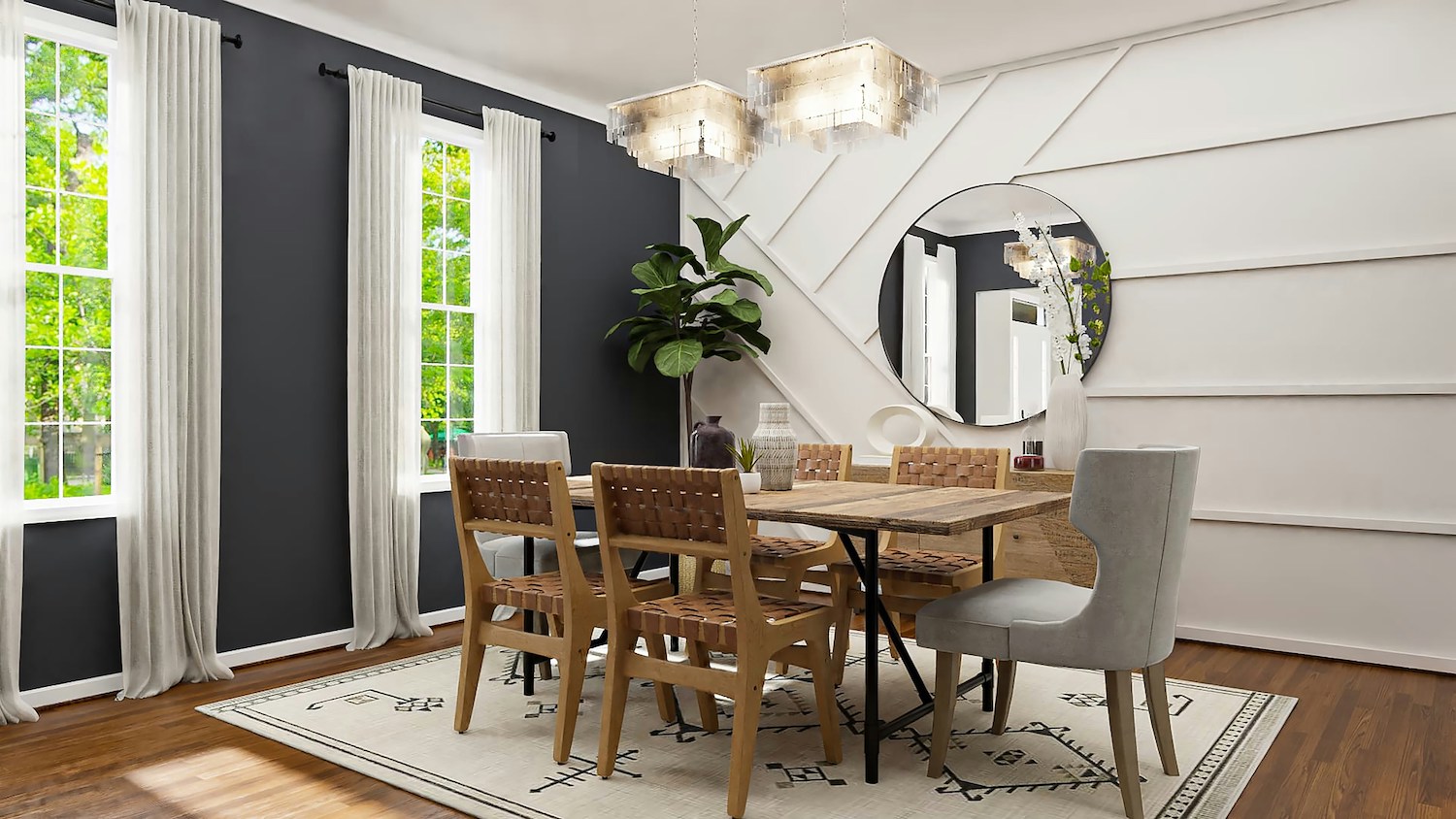
Special Note on Birds, Reptiles, and Small Animals
Birds, rabbits, and other small pets have delicate respiratory systems and are far more sensitive to air quality changes than dogs or cats.
If you own birds or exotic pets:
- Temporarily move them to another home (not just another room)
- Wait a full week before reintroducing them to painted areas
- Avoid scented paints or additives altogether
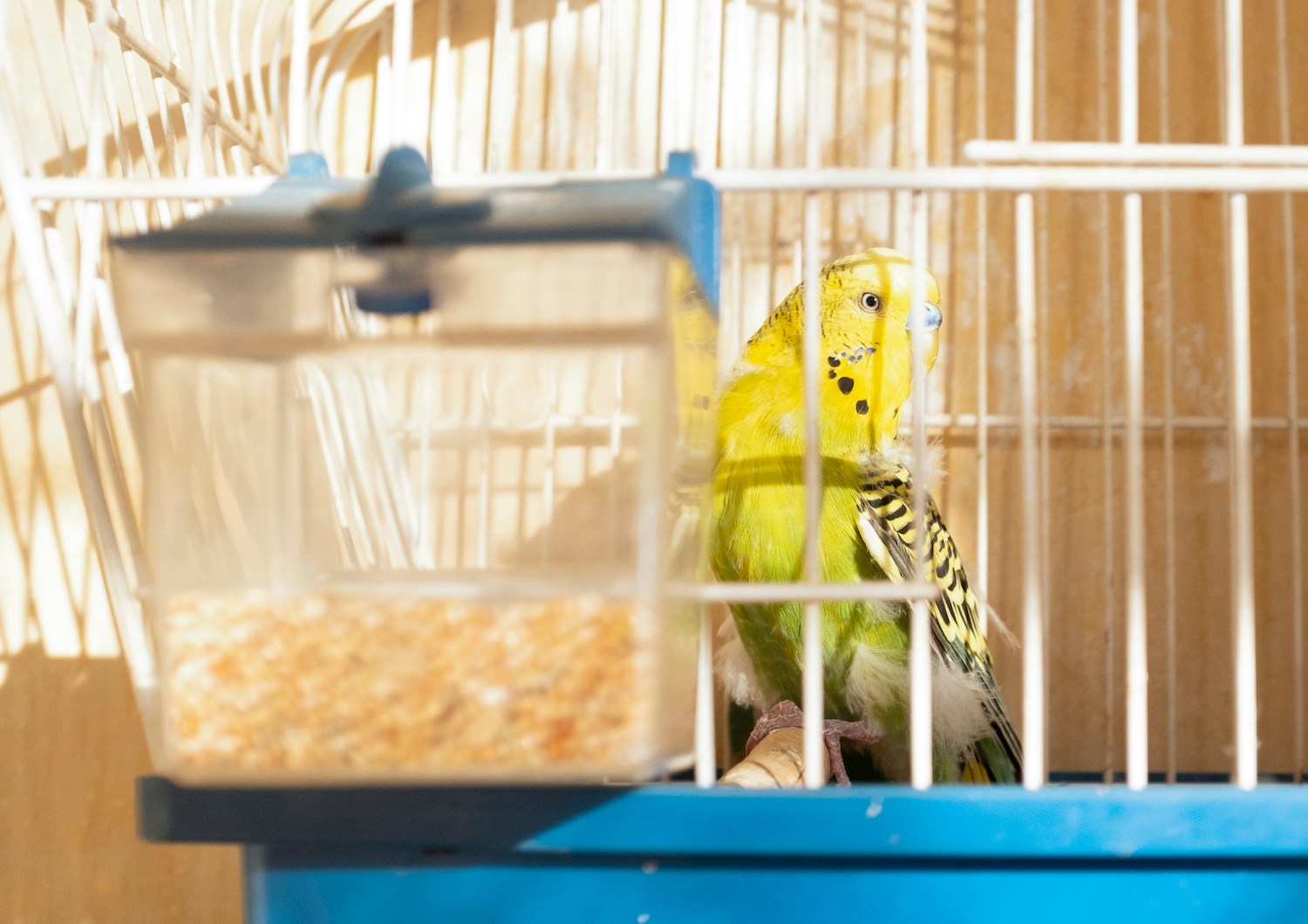
Final Thoughts: A Healthier Home for You and Your Pets
Your home is their home too—and your paint choices reflect your love and care. Fortunately, modern paint technology makes it easier than ever to find products that are safe, stylish, and sustainable.
Whether you’re freshening up a single room or planning a whole-house makeover, choosing pet-friendly paint is a smart move for your animals and your air quality.
At Paintzen, we take your family’s safety seriously—including the four-legged members. Our professionals can help you select low-VOC, non-toxic options and complete your project with minimal disruption to your home and your pets.
Planning to paint with pets at home? Contact Paintzen today to explore our safe, animal-friendly painting solutions.